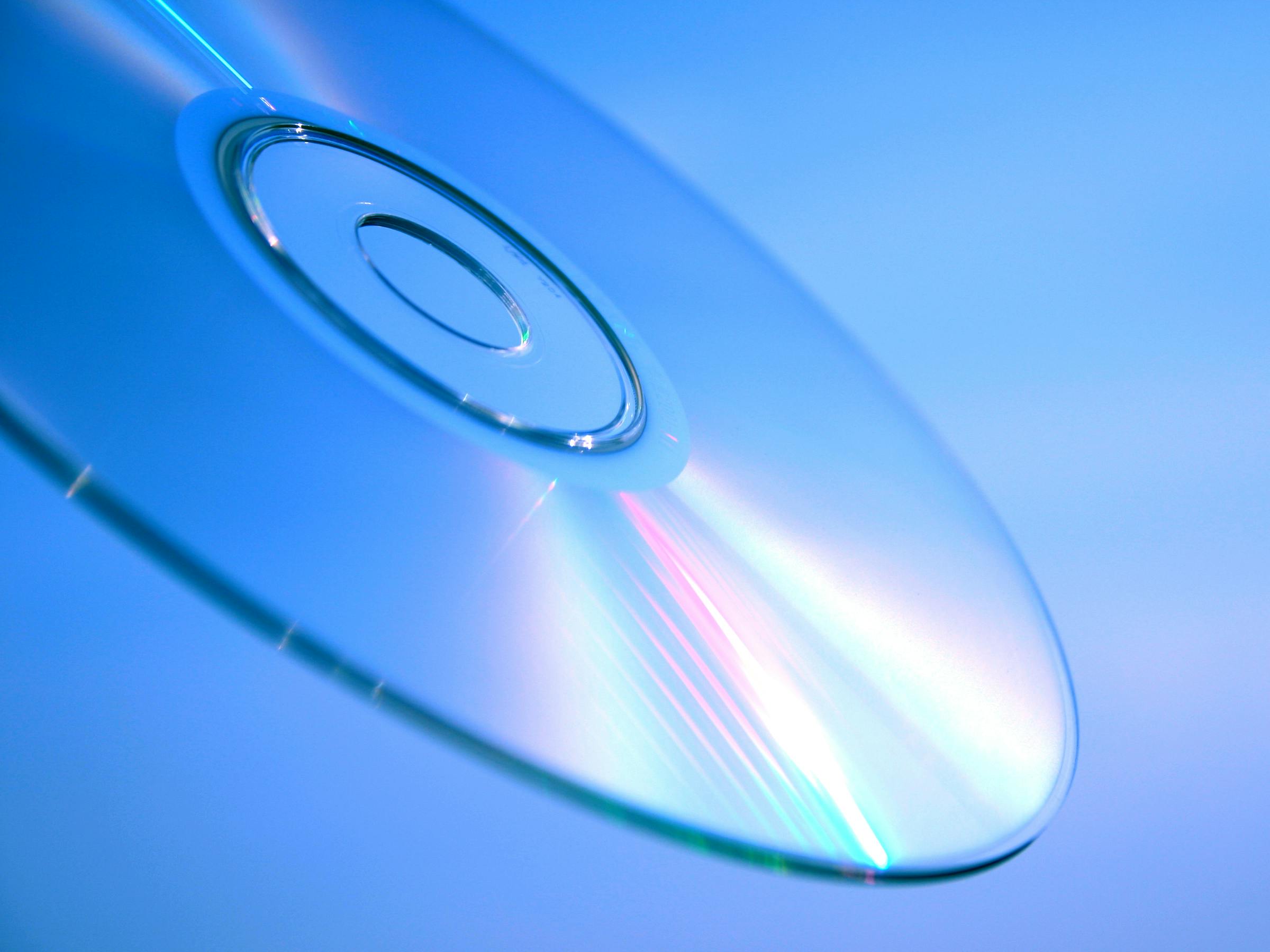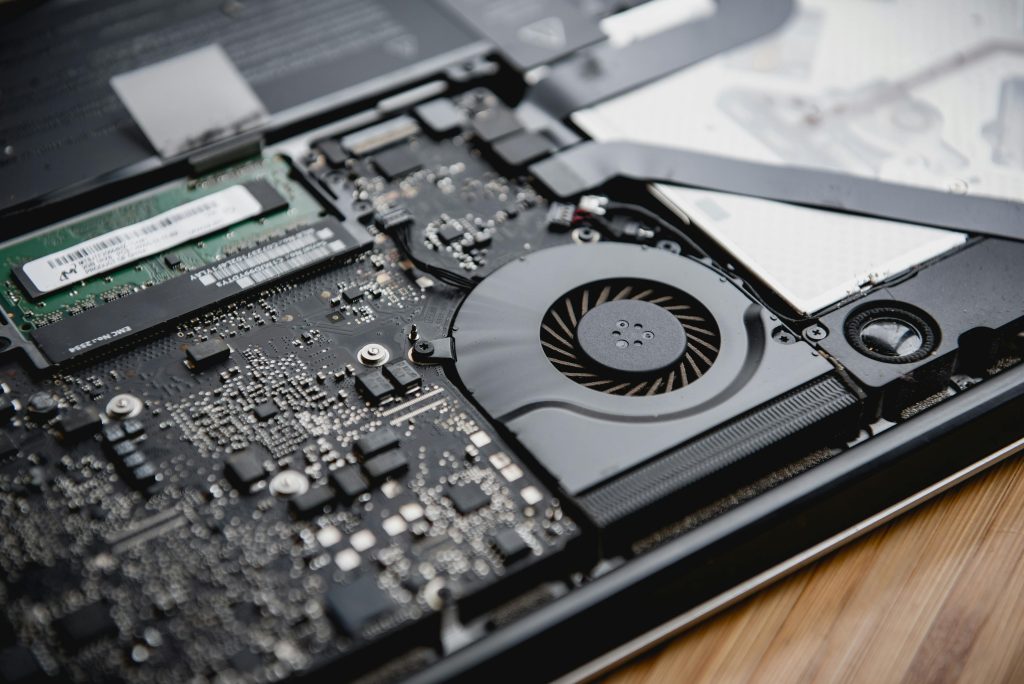Recovering Data from a Video DVD with Zero Byte Files: Is It Possible?
Data loss issues can be perplexing, especially when dealing with optical discs such as DVDs. Recently, a user shared a scenario that highlights the complexities involved in retrieving valuable video content from a seemingly “closed” DVD that reports zero bytes of data. Below, we explore this situation and discuss potential solutions.
The Scenario
The user had recorded a concert from a venue’s video and audio feeds, capturing footage of a notable 1960s musician who passed away shortly after the event. The DVD was finalized (or “closed”) after recording, a process that typically completes the writing session and prevents further modifications.
However, upon inspection, the DVD appears to contain 0 bytes of data—meaning the filesystem reports no files or usable data. Yet, visually, and based on the physical characteristics of the disc, it is evident that content was indeed written onto the DVD.
Understanding the Challenge
When a DVD is “closed” or finalized, standard file systems (like UDF or ISO9660) are intended to be accessible. Nonetheless, certain issues can cause the filesystem to become unreadable or falsely report zero data:
- Corrupted or damaged filesystem headers.
- Improper closing procedures.
- Partial writes or disc damage.
- Use of non-standard or proprietary recording methods.
In this case, the apparent physical evidence suggests that the data exists on the disc, but typical reading methods or standard software cannot interpret it.
Possible Solutions and Tools
Given that the DVD’s filesystem may be compromised, conventional data recovery tools might not suffice. Instead, focusing on low-level sector access can be effective. Here are some approaches:
- Disk Imaging and Raw Sector Access
Creating a raw image of the DVD sectors allows you to bypass the filesystem and analyze the raw data directly. Tools like dd (Linux) or Win32 Disk Imager (Windows) can be used to create a sector-by-sector copy.
- Data Recovery Software for Optical Media
Specialized software such as IsoBuster, CDRecovery, or Nero DiscSpeed offers advanced features for extracting data from damaged or incomplete discs. These tools can often recover data from corrupted filesystems by scanning raw sectors.
- Hex Editors and Sector Scanning
Using hex editors (like WinHex or HxD) to examine the raw contents of the disc can sometimes reveal recognizable video file headers or other
Share this content:



